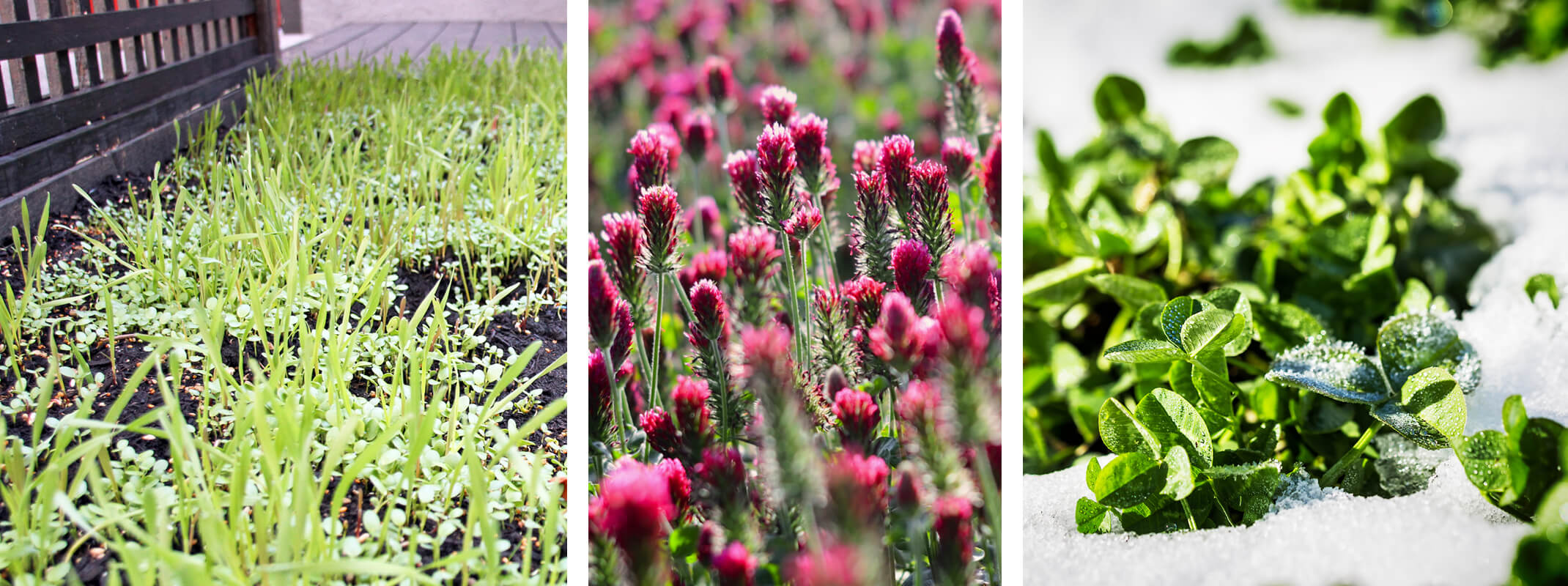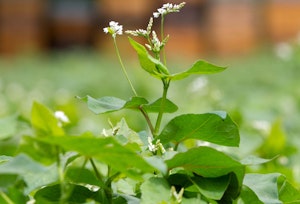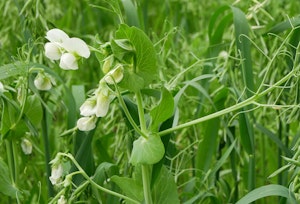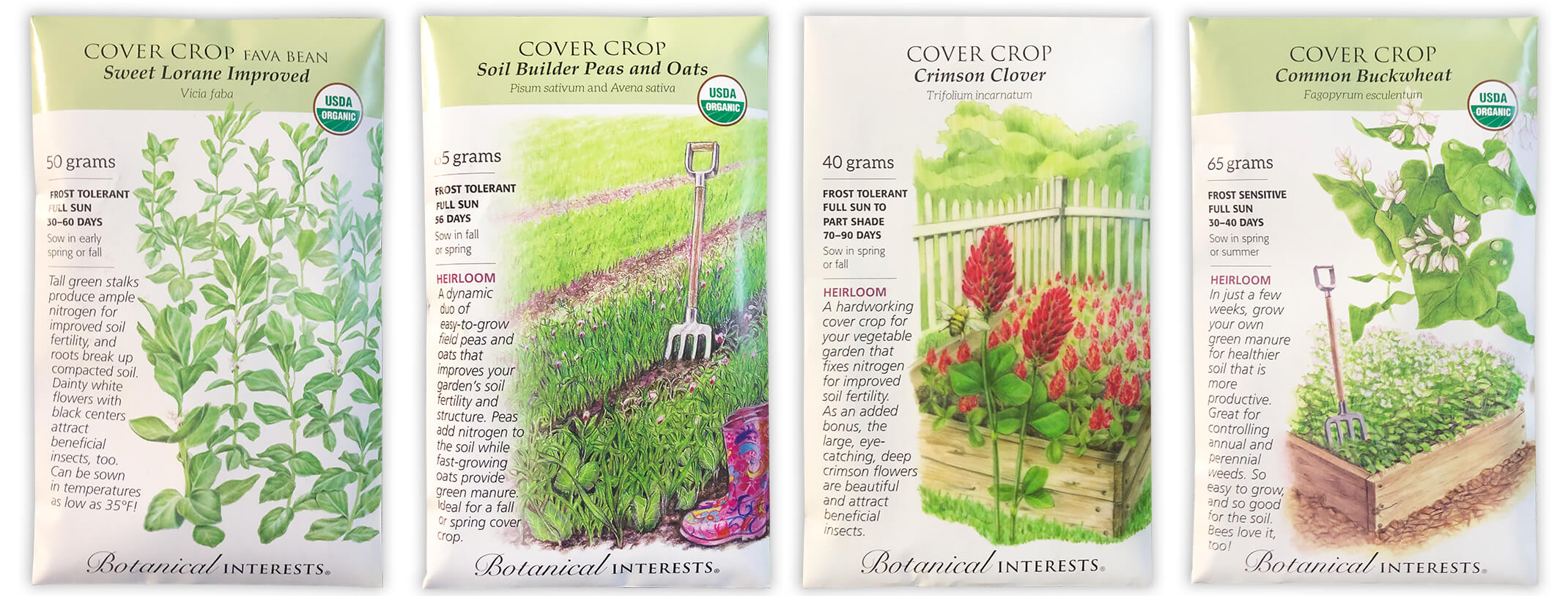 Back to the Be Inspired Blog
Back to the Be Inspired Blog

Feed Your Soil So It Feeds You! Plant Cover Crops
If you are not planning to grow cool season veggies, the best thing you can do for your garden is to grow a cover crop.

Cover crops feed the soil by being tilled under once properly matured. While growing, cover crops reduce weeds, control erosion and attract pollinating insects. Tilled under, plant material breaks up heavy soils, improving soil fertility and structure to give you a better harvest. Cover crops improve soil structure, water retention and drainage with organic matter. Earthworms and other microorganisms that enhance decomposition love feeding on cover crops; they keep soil healthy. Your plants are naturally stronger and better protected against disease and changes due to weather and watering if soil is healthy.
Loosen Compacted Soil

Hard time digging? Let cover crops with aggressive taproots break up compacted soils for you! Taproots mine nutrients like calcium from deeper soil; when the plant dies, nutrients are released in the root zone for the next crop.
Balance Nutrients
Legume cover crops like hairy vetch, fava beans and crimson clover convert atmospheric nitrogen into a form plants can use to grow. When the cover crop is tilled under, the nitrogen is released for the next crop.
*Fava Beans as a cover crop are most beneficial when tilled under prior to beans forming; however, you can harvest the plant and prune back (often yielding a second harvest) then till in, still getting the benefit of organic matter, though with less nitrogen fixing.

Help Control Weeds
Broad-leaved cover crops like buckwheat shade and smother weeds with vigorous growth. Others, like winter rye, prevent weed seeds from germinating
Attract Beneficial Insects
Flowering cover crops attract bees and beneficial insects that help with pollination and insect control.
Steps to planting a cover crop
1. Prepare as for a planting bed: weed the area, break up large soil clods, add planting mix
2. Select your cover crop depending on the needs (suggestions below)
3. Water as needed depending on cover crop and recent rains
4. Late winter: prune back to a few inches above ground and allow roots to decompose or, if plants are tender enough, till plants under and allow to break down to supplement the soil.
| Loosen Soil: | Balance Nutrients: | Control Weeds: | Beneficial Insects: |
|---|---|---|---|
| Radishes | Legumes and Vetches | Buckwheat | Red Clover |
| Mustard | Fava Beans | Annual Rye Grass | Alfalfa & Lupines |
| Brassicas | Crimson Clover | Peas & Oats | Sunflowers |

Stop by your local SummerWinds Nursery for these and other suggestions for cover crops. Cover Crop Seeds are available seasonally - selection may vary by location.

